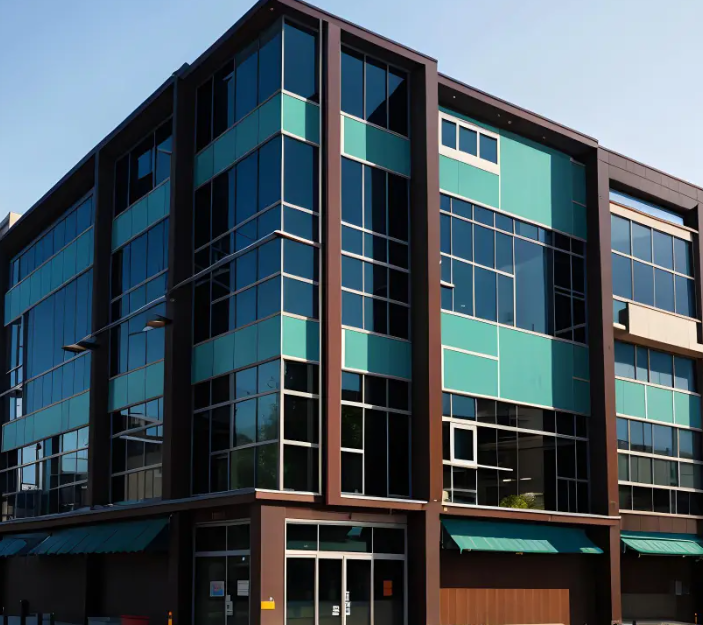Structure Health Monitoring is to use advanced sensing elements integrated in the structure to acquire information related to the health condition of the structure (including: stress, strain, temperature, vibration state, etc.) online and in real time, and then extract the characteristic parameters of the structure's damage by combining with advanced signal information processing methods and structural modeling methods, and to evaluate the severity of structural damage and locate the damage location by combining with the systematic analysis of characteristics. Combined with advanced signal information processing and structural modeling methods, the damage parameters of the structure are extracted and combined with system characterization to evaluate the severity of structural damage and locate the damage position.

Structure Health Monitoring (Structure Health Monitoring) is to use advanced sensing elements integrated in the structure to acquire information related to the health condition of the structure (including: stress, strain, temperature, vibration state, etc.) online and in real time, and then extract the characteristic parameters of the structure's damage by combining with advanced signal information processing methods and structural modeling methods, and to evaluate the severity of structural damage and locate the damage location by combining with the systematic analysis of characteristics. Combined with advanced signal information processing methods and structural modeling methods, the structural damage parameters are extracted and combined with system characterization to evaluate the severity of structural damage and locate the damage position.
Steel Structure Health Inspection
Steel structure health monitoring is to ensure the safety and construction quality control of the structure during construction by monitoring the structure during construction.
Intelligent monitoring of steel structure health is the future development trend of the construction testing industry, intelligent monitoring management is simple, efficient and labor-saving, the data provided by precision instruments is more scientific than the data collected manually, and it can be 24 hours a day, no matter it is raining or windy, it can be continuously monitored, and real-time monitoring of the safety of the building construction. So intelligent monitoring in the future testing and monitoring industry is the inevitable development trend.
Strategies and processes for damage identification and its characterization for engineering structures. Structural damage refers to changes in structural material parameters and their geometric characteristics. The process of structural health monitoring involves the use of periodically sampled sensor arrays to obtain the structural response, the extraction of damage-sensitive metrics, and the statistical analysis of damage-sensitive metrics to determine the current structural health status.
Common testing methods:
1. ground monitoring method - using high-precision measuring instruments (e.g., latitude and longitude meter, level meter, total station, etc.), which is the main method of deformation monitoring at present.
2. Ground photogrammetry method - with the development of computer technology and photogrammetry, this method is more and more widely used in deformation monitoring.
3. GPS deformation monitoring - the use of GPS for deformation monitoring has the advantages of high precision, fast speed, easy operation and high degree of automation.
4. Satellite telemetry technology - Synthetic Aperture Radar ( SAR ) is a kind of microwave sensor, but also one of the most rapid and effective development of microwave sensors. It is the perfect combination of SAR and radio astronomy interferometry technology, the technology is especially suitable for solving the monitoring and forecasting of large-area landslides, landslides, mudslides and geological disasters such as ground cracks, ground settlement, etc., and the accuracy can reach millimeter level, which is a rapid and economical space exploration of high technology.
5. Other measurement methods - strain measurement, collimation measurement, tilt measurement.
Deformation monitoring refers to the use of specialized instruments and the use of certain methods of deformation of the shape or volume of the body under the action of external forces to carry out systematic observation of a measurement work. The observed values obtained from deformation monitoring are the main basis for analysis of changes and predictive maintenance.
With the progress of society and economic development, a large number of engineering construction in all parts of the world, more strange shape, large-scale buildings appear in the world. Due to the defects in design and construction quality, the deformation of engineering buildings occurs during construction and operation, and if the deformation exceeds the limit, the use of the building will be affected, and even collapse and other accidents. Since deformation monitoring can provide necessary information for judging the safety of engineering buildings, it makes the significance of deformation monitoring more important.
Monitoring basis
Steel Structure Design Standard GB 50017-2017;
Standard for Acceptance of Construction Quality of Steel Structure Project GB 50205-2020;
Technical Standard for Detection of Building Structures GB/T 50344-2019;
Specification for deformation measurement of buildings JGJ 8-2016;
Standard for Engineering Measurement GB 50026-2020;
Technical Specification for Structural Analysis and Monitoring during Construction of Building Works JGJ/T 302-2013;
Technical Specification for Structural Monitoring of Buildings and Bridges GB 50982-2014;
Design Standard for Structural Health Monitoring System CECS 333:2012;